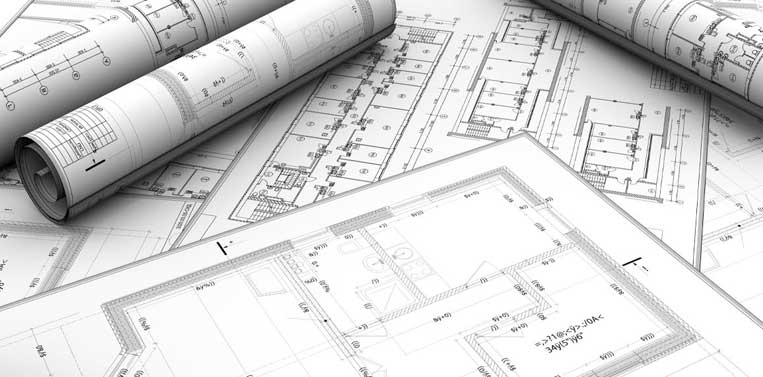Introduction
Local Planning Authority (LPA) approvals are the backbone of responsible urban growth — they balance private development ambitions with public interest, environmental safeguards, and strategic land use. As cities grow faster and regulatory demands become more complex, the traditional paper-heavy, siloed LPA approval processes are straining under the weight of volume and expectation. The future points strongly toward digital submissions and smart planning: a convergence of e-governance, data-driven decision-making, and citizen-centric services that can make LPA Approval faster, fairer, and more transparent.
Why change is overdue
Many LPA workflows today still depend on physical documents, manual checks, and ad-hoc consultations. These create delays, increase costs, and allow room for human error. Developers, consultants, and residents often face long waiting times and uncertain outcomes. Meanwhile, the technical tools to modernize permitting — from Geographic Information Systems (GIS) to cloud platforms and machine learning — are mature and ready for scaled adoption.
Digital submissions: the immediate win
Switching to digital submissions transforms the first—and arguably most friction-prone—stage of the LPA Approval journey. Benefits include:
Faster intake and triage: Standardized digital forms and mandatory data fields reduce incomplete or inconsistent applications.
Automated validations: Systems can verify format, required attachments, zoning rules, and simple compliance checks instantly.
Version control and audit trails: Every change is logged, improving accountability.
Lower costs: Reduced printing, couriering, and storage expenses for both applicants and authorities.
A digital-first intake does not just speed up existing processes — it enables entirely new workflows. For example, a developer could get an automated checklist of environmental studies required for a project based on its location and scale, or receive instant digital feedback if a proposal contradicts basic zoning rules.
Smart planning: integrating data and decision-support
Beyond digital submissions, smart planning brings analytical power to LPA Approval. Key elements include:
GIS-driven reviews: Spatial overlays that automatically flag flood plains, heritage zones, utility corridors, and proximity to critical infrastructure.
Data integrations: Linking property records, cadastral maps, environmental datasets, and traffic models to produce a holistic view of impacts.
Scenario modeling: Planners can simulate outcomes — traffic load, shadow impact, stormwater runoff — before a decision is made.
Machine learning assistance: Predictive models can identify proposals that need deeper human review and surface common reasons for past refusals, helping applicants self-correct.
Smart planning turns the LPA Approval authority into an informed advisor rather than a gatekeeper that simply says ‘yes’ or ‘no.’ It supports evidence-based decisions and helps prioritize resource allocation for inspections and consultations.
Transparency and citizen participation
Digital platforms open meaningful channels for citizen engagement. Public dashboards can show the status of applications, reasons for delays, and the basis for decisions. Interactive maps allow local communities to visualize proposed changes in their neighborhood and submit structured feedback. This level of transparency builds trust and reduces conflict at later stages.
Challenges and governance
Transitioning to digital and smart systems is not frictionless. Authorities must contend with:
Interoperability: Legacy systems, varied file formats, and disparate standards make integration hard.
Digital divide: Not all applicants or community members have equal access to digital tools, requiring parallel support channels.
Data privacy and security: Sensitive property and personal data must be protected with strong encryption, access controls, and legal frameworks.
Capacity building: Staff need training to use new tools and interpret analytics outputs correctly.
Clear governance — including standard data schemas, service-level agreements for processing times, and transparent appeals processes — is essential to mitigate these risks.
Practical roadmap for LPAs
For Local Planning Authorities looking to modernize the LPA Approval pipeline, a pragmatic phased approach works best:
Digitize intake: Launch standardized online application forms and a document portal.
Automate validations: Add rule-based checks to reduce incomplete submissions.
Integrate spatial data: Connect GIS layers and property records for contextual review.
Pilot analytics: Deploy pilot decision-support tools for common, repeatable application types.
Open data and transparency: Publish non-sensitive datasets and application trackers.
Train and engage: Invest in staff training and public outreach to bridge the digital divide.
Real-world benefits
When implemented thoughtfully, these reforms deliver measurable benefits: reduced average processing times, higher first-pass approval rates, fewer costly resubmissions, and improved public satisfaction. Developers benefit from predictable timelines; planners can focus on high-impact issues; residents gain clarity and a voice in shaping their neighborhoods.
Conclusion
The future of LPA Approval is digital and smart. Digital submissions make the process efficient and auditable; smart planning layers data, simulation, and AI-assisted review to improve decision quality. While the transition demands investment, governance, and careful attention to inclusivity and security, the payoff is a planning system that is faster, fairer, and more resilient. For cities facing rapid change, modernizing LPA Approval isn’t just a technical upgrade — it’s an investment in sustainable, equitable urban development.

